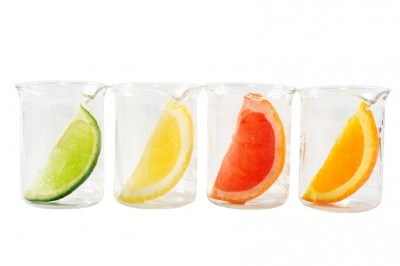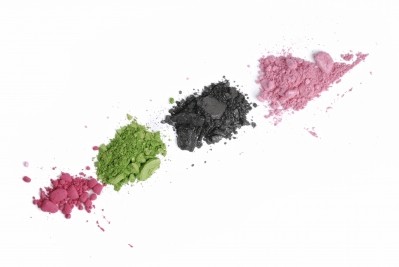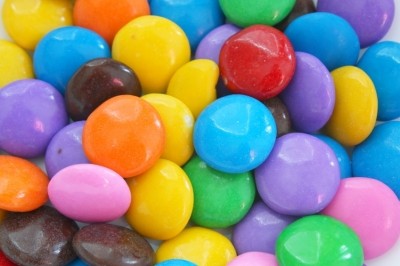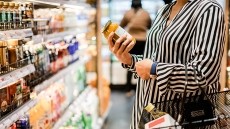Demand for natural colours is going global, finds 5000-strong survey
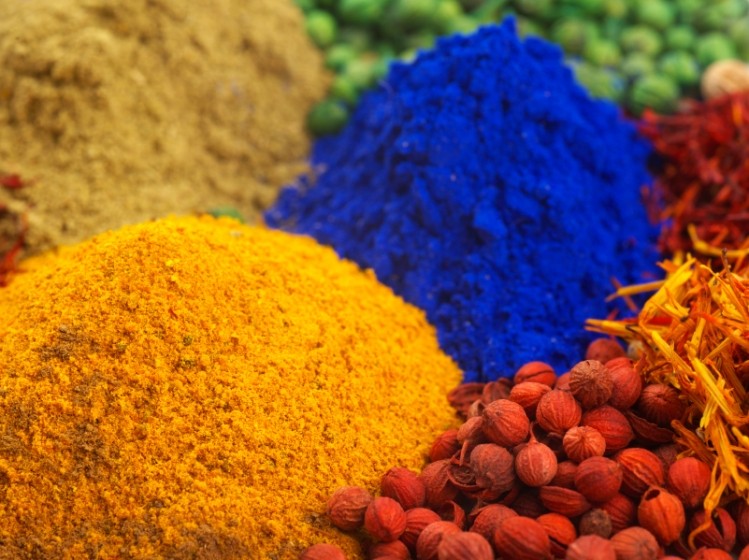
Asian consumers are becoming increasingly label-savvy, surpassing consumers in the US and Europe - just over half (53%) of Europeans took a critical look at the label of a food or drink product before putting it in their sopping trolley compared with 84% of Asians.
GNT - Dutch manufacturer of natural colourings derived from fruit, vegetables and edible plants - commissioned the survey from a market research institute, which then used the results to draw up five different consumer types across the world.
The largest of these they dubbed the ‘busy health seeker’. While this made up only 36% of the respondents globally, it was by far the largest in Asia accounting for 66% of those surveyed in China, 63% in Indonesia and 70% in Thailand.
“Busy health seekers place great emphasis on a well- balanced diet, health and healthy ingredients. When asked about ingredients importance, more than three quarters (78%) state that they want packaged food to contain no preservatives followed closely by foods free from artificial colours (77%),” the report said.
Meanwhile, for nearly a quarter of consumers in some crisis-hit European countries (24% in France and Germany) affordability was paramount and outweighted the perceived health benefits of natural ingredients.
“German consumers came across as especially pragmatic: although they do see a connection between natural foods and their own wellbeing, they are often reluctant to invest too much time and money in their own diet,” wrote the researchers.
The survey questioned consumers aged between 18 and 70 from Brazil, China, France, Germany, Indonesia, Poland, Spain, Thailand, the UK and the USA.
What is natural anyway?
Paul Collins, director of international sales and marketing at GNT, said that the findings demonstrated a high global consistency in demand.
“Clearly this shows that with such a consumer demand the market will continue to grow, especially as the developing markets start to demand and expect natural colours."
But he told FoodNavigator that what was sold as a natural colouring did not necessarily match up to consumer ideas of what the term meant.
“Consumers want to understand what a natural colour is, [and] since the term is not defined and in some instances in misused, this has created some confusion and lack of trust.”
“Carmine is an additive colour extracted from the cochineal insect and then chemically modified with aluminum salts, so in reality this does not fit with the consumers’ perception of natural, because it simply isn’t!
“Colouring Foods are the real natural colours and the study demonstrates that the use of such fruit and vegetable concentrates fits perfectly with consumers’ perception of a natural colour. [We need more] positive communication to further drive the market, this is the key learning from the study and is applicable globally,” he said.
Western Europe was currently driving global demand for natural colours holding the biggest share of the market at 26% in 2014 (worth €278 m). But this was set to reach €404 m in 2020 according a report published in January this year by Future Market Insights (FMI).
FMI analyst Megha Dodke said, “Rising demand for natural ingredients from food processing industries in order to produce clean label products is a major factor expected to drive growth of the natural food colours market between 2014 and 2020.”

